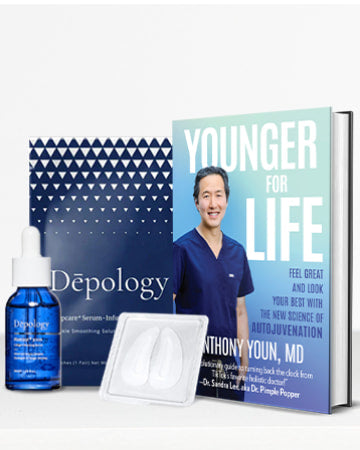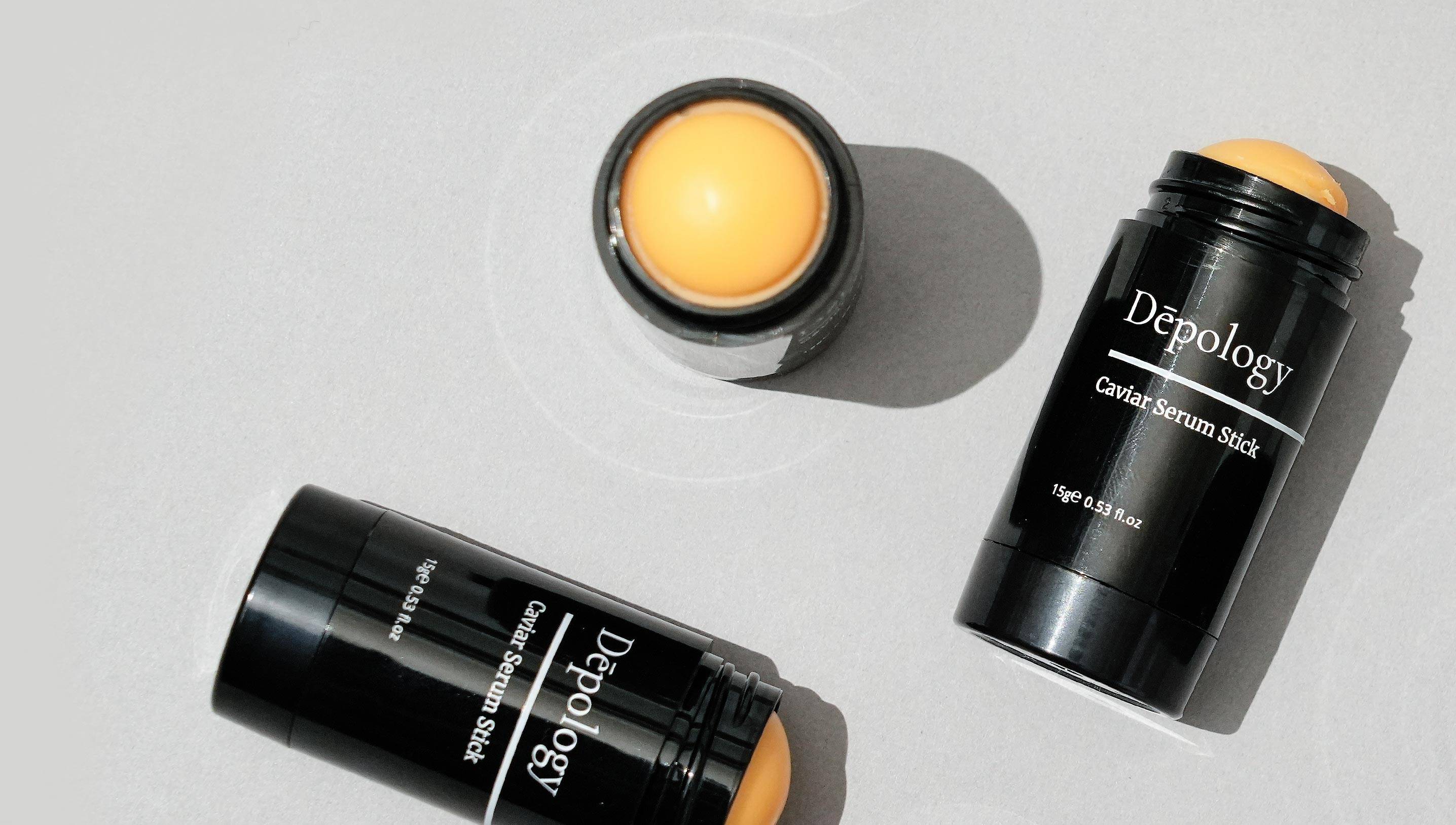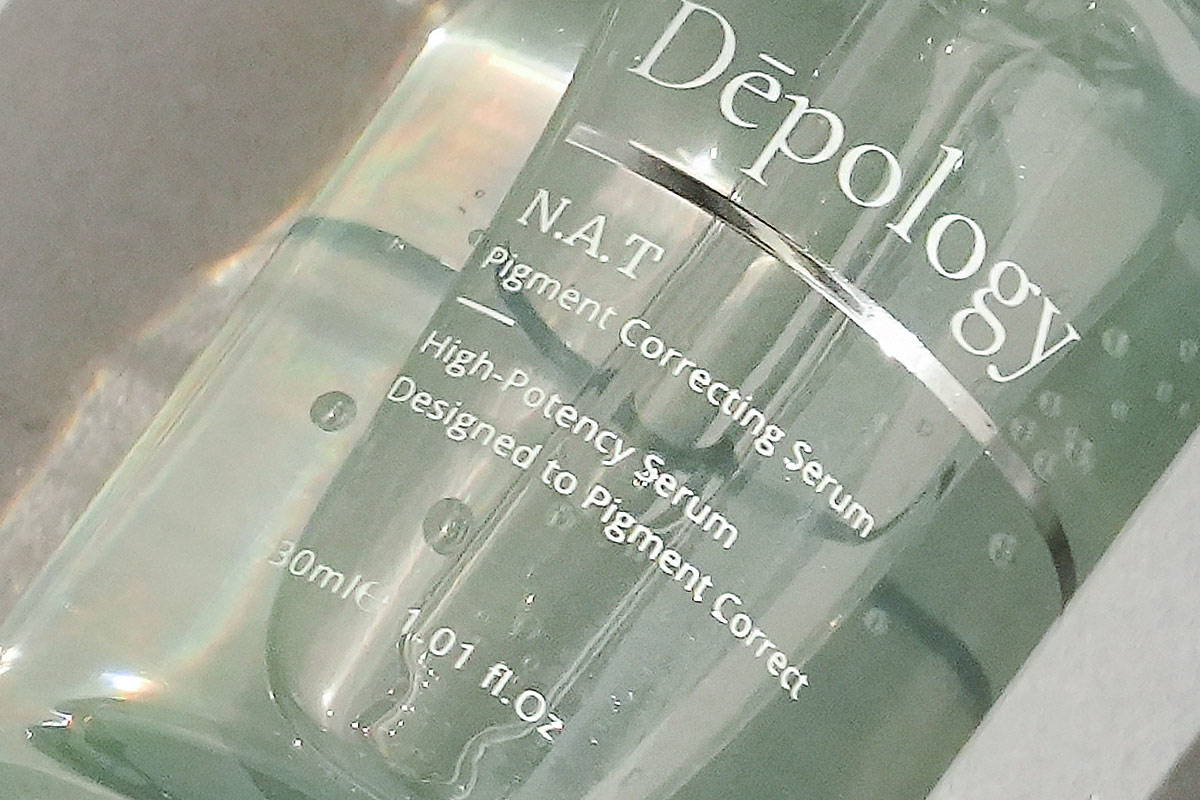
How To Get Rid Of Redness From Acne?
For many people, acne is like the unwanted guest that just won't leave your home. Redness from acne can make your face feel unbearably warm and uncomfortable, and if you have to cake makeup on to cover it, then you might just be creating the perfect environment for even more acne. But don't worry, the skincare world has plenty of solutions for redness that you can incorporate into your daily routine! Whether you've had problems with acne for years or are just starting to experience a few blemishes, we'll cover all of the tips and products you need to help tackle redness from acne.
What Is Acne?
Before we dive into getting rid of redness from acne, let's take a step back and talk about what acne is and why it causes redness. Acne occurs when excess oil, bacteria, and/or dead skin cells build up and block your pores, causing redness and inflammation. It comes in several forms, such as blackheads, whiteheads, pimples, and cysts. Acne is caused by a range of factors. Hormones, stress, products you use, and your diet all have an impact.
How Does Acne Cause Redness?
Redness from acne is caused by inflammation. When your pores are blocked, your body's immune system kicks in to fight off the bacteria blocking them. Your immune system sends in white blood cells to protect your skin, leading to inflammation, redness, and swelling around the clogged pores. This process is necessary to protect your skin from bacteria, but it can leave your skin feeling tender and red.
It's important to note that not all facial redness is caused by acne. For example, rosacea is a skin condition in which your blood vessels are more visible, and you may see red patches or blushing on your skin. Additionally, if you have sensitive skin, using products that are too harsh for your skin type can cause redness. Lastly, over-exfoliating can strip your skin of its natural oils and cause redness and irritation.
How To Reduce Redness from Acne
If you're ready to tackle facial redness caused by acne, here are some best practices that can help:
- Avoid Touching Your Face: Unless you just washed your hands, they are likely covered in bacteria that can easily clog your pores when transferred to your face. If you try not to touch your face unless you are washing it, then you'll be less likely to irritate existing acne and spread bacteria.
- Use Soothing Ingredients: Some skincare ingredients, such as hyaluronic acid, green tea extract, aloe vera, niacinamide, and Vitamin C, are great for reducing redness. Look for products containing high concentrations of these ingredients.
- Try Salicylic Acid: Salicylic acid is the key ingredient in many anti-acne formulas for a reason. It acts as a peeling agent, reduces acne scars, and has antimicrobial and anti-inflammatory properties. Just be sure not to use too much of it, or it might irritate the skin.
- Try Gentle Products: Switch to gentle, lightweight formulas that won't clog your pores, especially if you have acne-prone or gentle skin. Make sure to use non-comedogenic products (products that won't clog pores) to help keep your skin clear. Don't over-exfoliate your skin so that it is less susceptible to damage.
- Use a Cold Compress: Cold compresses help reduce inflammation and swelling. If you don't own a cold compress, you can make one by covering ice or an ice pack with a clean cloth and applying it to the skin.
- Wear SPF: Sun damage can make existing redness worse, so make sure always to wear a broad-spectrum SPF of at least 30 every day to protect your skin from further damage.
- Eat Anti-Inflammatory Foods: Foods high in nutrients like Vitamin C, potassium, and Omega-3 fatty acids act as antioxidants, naturally reducing inflammation. Tomatoes, olives, fatty fish, nuts, and leafy greens are all known to provide these soothing effects. Reduce your intake of processed foods packed with refined carbohydrates, fried foods, and red meat, which can worsen inflammation.
- Reduce Stress: Stress can be a huge factor in causing acne and redness. Take some time for yourself and figure out ways to reduce stress in your life wherever possible.
Best Skincare Products To Reduce Redness From Acne
When it comes to skincare products to reduce redness from acne, it's important to look for non-comedogenic products that have gentle yet effective formulas that won't clog pores. Here are our top picks to incorporate into each step of your skincare routine:
Best Soothing Cleanser
Many cleansers contain harsh ingredients that strip your skin of its natural oils, but the Dēpology Cica Redness Relief Nourishing Cleanser has a gentle formula with cica, a powerful ingredient that helps to soothe, reduce inflammation, hydrate, and strengthen the skin.
Best Soothing Serum
The Dēpology Power C Antioxidant Radiance Boosting Serum is chock-full of antioxidants like Vitamin C, goji berry extract, ferulic acid, and ergothioneine. Vitamin C also helps to boost collagen production for stronger, smoother skin overall.
Best Soothing Mask
Black caviar not only tastes fantastic, but it also works wonders for your skin when turned into an extract. The Dēpology Black Caviar Collagen Patches combine two soothing ingredients, black caviar extract and Centella Asiatica, to reduce redness and inflammation wherever you apply them.
Best Soothing Moisturizer
The Dēpology Triple Lipid + Q10 Revive Moisturizing Treatment is known for its ability to smooth out skin and reduce wrinkles with a triple lipid formula and polyglutamic acid. However, it also helps reduce redness and inflammation by incorporating antioxidants like birch juice and CoQ10.
The Final Verdict
Reducing redness won't happen overnight, and it may take some time to find the right products and treatment for your skin, but with some trial and error, you can help keep redness under control. Follow the tips above for the best results, and look for skincare products with soothing ingredients that soothe your skin.













